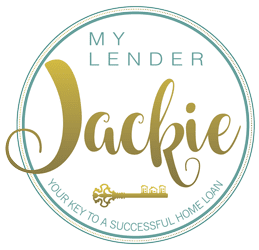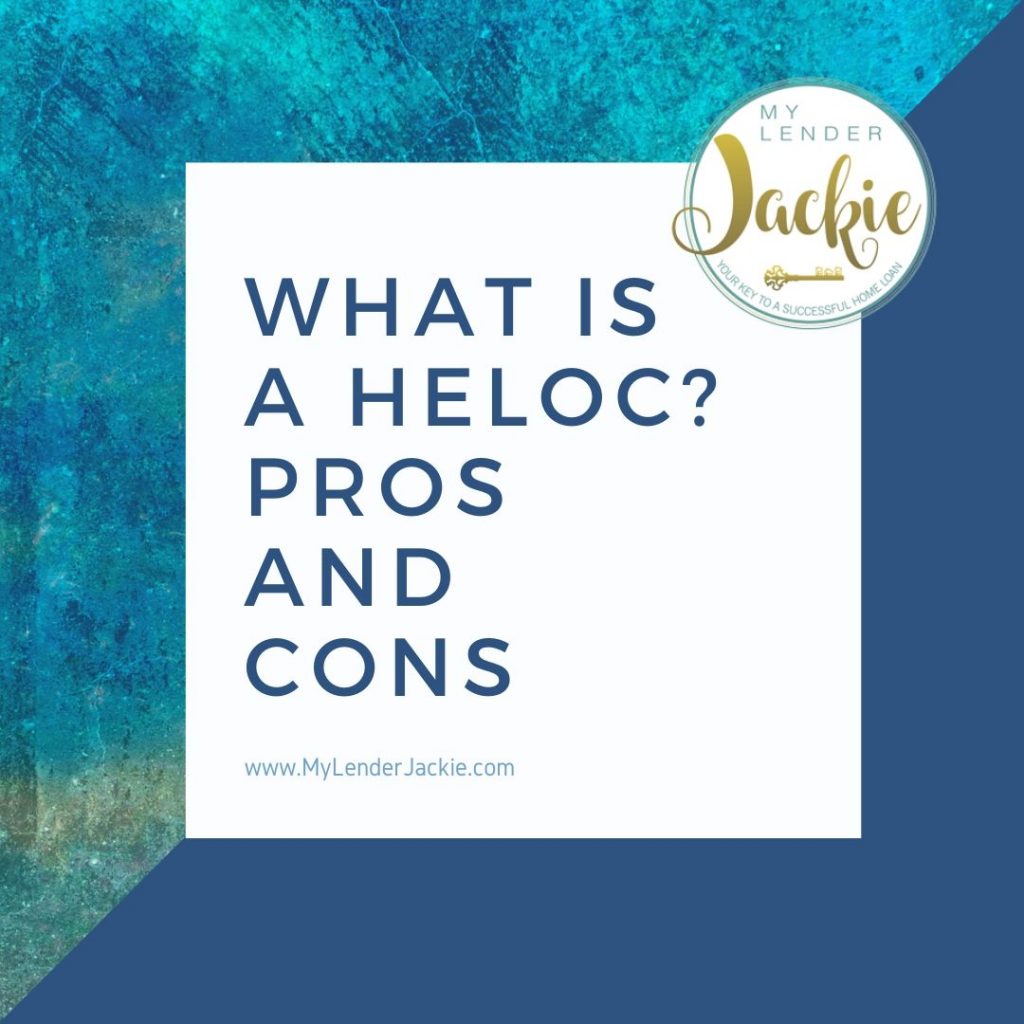Since the beginning of the COVID-19 pandemic, more people have been looking into different ways to cut their cost of living to meet their income. One of the most common ways is to find a solution with their home. A significantly large number of people have been looking into the possibility of a HELOC. You have probably heard the term being used or popping up in conversations when it comes to the pandemic and the mortgage market. What is a HELOC anyway? And should you consider getting one?
HELOC Stands for Home Equity Line of Credit
A home equity line of credit is similar to a credit card, but it uses the equity in your home as collateral. Equity is simply the dollar amount in profit you would make on your home if you sold it right now. So the difference between its fair market value today and what your mortgage balance is.
Depending on how much equity you have in your home, you and the lender agree on a set total amount you can borrow in credit. This amount does not need to be borrowed all at once, you have the ability to use the credit as you need it just like a credit card, until you hit your limit or the draw period ends. The draw period is the preset amount of time you agree upon with the bank to be able to take money from the line of credit. Most commonly, a draw period is the first 10 years of the loan.
Most HELOCs are used as a way to make improvements, upgrades, and renovations to a home. In times of emergency, some even use a HELOC as a way to have extra cash available for essential purchases. This is why you may be hearing the term HELOC more often. There have been a larger number of homeowners taking out HELOCs during the pandemic to help make ends meet.
Some Things to Be Aware of with a HELOC
A HELOC can be beneficial to the borrower under the right circumstances. Before taking out a HELOC a borrower should be knowledgeable about all of the terms of the loan. There are some important things that borrowers may not realize or need to be careful of when borrowing.
Most HELOCs have an adjustable interest rate. During the draw period you are making a smaller payment that is interest only. That rate goes up depending on how much of the available credit you use and the current interest rate.
Once the draw period is over, you can no longer take out credit and are now responsible to begin paying down the principal of the loan with interest. The loan is held until the principal is paid in full, usually a period of 20 years. During this time the monthly payment may nearly double from what is was during the draw period. Sometimes those payments can be about half as much as your monthly mortgage bill. It is not uncommon for HELOC borrowers to experience payment shock once the draw period has ended. Be careful not to default on payments as this could lead to the loss of your home.
Since a HELOC is very similar to a traditional credit card, buyers run the risk of falling into the easy temptation of making non-essential purchases with the credit, the same way many with credit cards have. Help keep yourself frugal and grounded by reminding yourself everything purchased actually costs more when purchased with credit because you pay interest.
Pros of a HELOC
- Interest rates are lower than other loan types
- Flexibility to use the money for almost anything
- Flexibility to take out the money as you need it, not in one lump sum
- Help give peace of mind during tough times
- Low closing costs
Cons of a HELOC
- An adjustable-rate
- Using your home as collateral decreases the equity
- Risk of owing more than the home is worth if the local housing market falls low enough
- Temptation to borrow more than needed and purchase non-essential items
Is a HELOC right for you?
This depends on a few personal financial factors. Two of the biggest are the actual amount of equity in your home and the payment history on your current mortgage. The best way to determine what your best options are is to consult with a mortgage broker. They know all of the loan products available in the market right now as well as what the required qualifications for each one are. They can help you go over your current financial situation and advise you of your best options.
If you have any questions about COVID mortgage products in California right now I am happy to help! Please contact me anytime.


